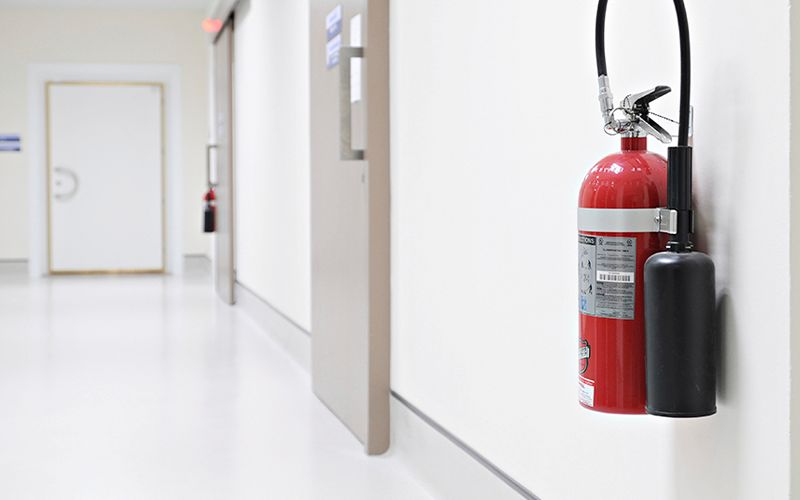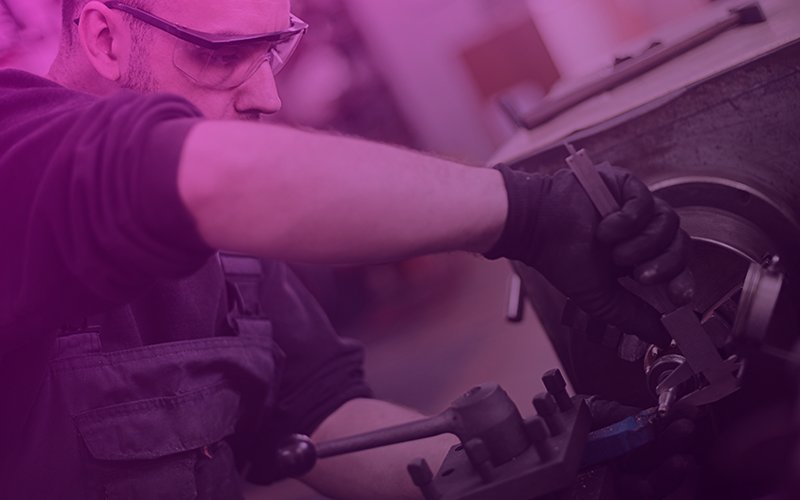
In this self-paced course, you’ll learn the signs of a medical emergency and how to provide immediate care until medical professionals arrive—tools that will prepare your employees for a variety of emergency situations that can happen at work or at home, including cardiac arrest, heart attack, choking, soft-tissue injuries, and burn injuries. The course also includes a brief intro into basic first aid, cardiopulmonary resuscitation (CPR), and universal precautions.

In this course, your team will learn how to use fire extinguishers safely and correctly to put out small fires, as well as review suggested fire safety and evacuation procedures in the healthcare setting.

In this 20-minute course, your team will learn how they can work better, prevent injury, and increase safety by recognizing and preventing workplace hazards in the office and at home. The course culminates in a 10-question assessment.

In every line of work, employee safety is paramount. And in many workplaces, personal protective equipment (PPE) is essential to ensuring employee safety.
In this self-paced course, your employees will learn how to protect themselves by wearing the right PPE—and wearing it correctly—as well as the serious consequences that can occur if they fail to protect themselves. This course culminates in a 10-question assessment.

In this course, your team will learn about the various types of workplace hazards, OSHA requirements that are designed to prevent those hazards, and communications you should have in place in your workplace to promote safety. Your team will also learn how to read a Safety Data Sheet (SDS).

In this 30-minute course, your team will learn the different roles and responsibilities associated with a lockout/tagout (LOTO) process as well as strategies for securing equipment and machines to ensure the safety of all.

Machine guards protect employees from potentially serious injury For this reason, it’s important for workers to understand why guards are there and how to use them properly.
In this self-paced course, employees will learn about the different types of machine guards, best practices for using them, and other tips for safely operating machinery. The course culminates in a 10-question final assessment.

Working conditions that include physical exertion, high temperatures, and high humidity can lead to serious health complications—and even death—due to heat stress. That’s why it’s essential for industrial and outdoor workers to have strategies for identifying and dealing with heat stress.
In this self-paced course, employees will learn the dangers of heat stress, its signs and symptoms, and how they can manage and prevent it. This course culminates in a 10-question assessment.

Many of the same causes of slips, trips and falls exist in both the workplace and the home. They include a wet or overly polished floor surface, loose and exposed wires or cords, and unsafe climbing habits or misuse of ladders or step stools.
Staying alert and being aggressive in reducing dangerous situations helps keep your employees safe. This safety module will help your team identify common causes of slips, trips and falls and take measures to eliminate potential risks.








